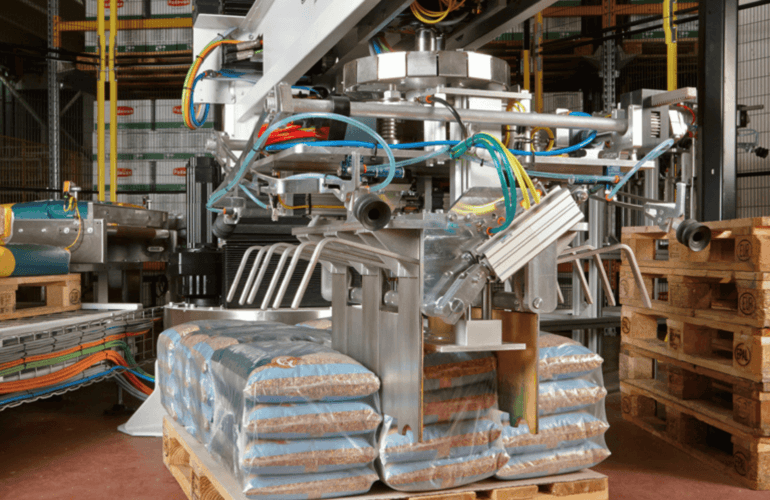Having automation developed bespoke for you is not the same as purchasing an off-the-shelf solution. A good user requirements specification, or URS, will describe exactly what you need from the system – what it needs to handle, how it should perform and the environment it will operate in. The more information you can provide to your automation supplier, the better and more tailored your solution will be.
Although your system will be automated, it’s a human who will be reading your requirements and designing your machine to your specific needs. Not going into detail – or not having a written document at all – risks ambiguity and confusion, putting your new automation in jeopardy of not working as it should.
What is a URS?
In automation, a URS is a planning document that is written by the customer, or on behalf of the customer. Not a technical document, it helps an automation supplier understand what the system needs to do, can be used to aid in accurate quoting and forms a basis of the design specification.
Contents of an automation URS
Each URS will be unique – that’s the nature of having automation made bespoke for your process. However, these are the top things to consider when writing a user requirements specification for automation:
1. Introduction
Tell the vendor a bit about the company and an overview of why you need this automation system.
2. Objectives
Provide an overview of the project. What are you wanting to achieve, what are you replacing? What problems will it solve? Ensure your goals are SMART (specific, measurable, achievable, realistic and timely). This ensures that when it comes to testing your system, you and your supplier are both aware of the agreed targets.
3. Requirements
Detail what the automation needs to do and in what environment. What kind of productivity rate are you expecting? Are there quality expectations? Is there some specific functionality you need? Does it need to link to another robot or piece of software? How much space does it need to fit into? How long does it need to last? Prioritise your requirements.
Are there any risks with this project?
4. Supporting documentation
It’s always useful if you can include any images of the space and the surrounding
processes so that the vendor can appreciate how the process it’s going to carry out fits into your factory floor.
Keeping your URS realistic
Writing in your URS that you want to achieve 100% efficiency just isn’t realistic. PALpack will add value by working with you on your requirements to make sure that they’re achievable and that you’re getting the most out of your new system, whether you’re getting an AGV, sack filling machine or a palletiser.
Your supplier will then counter your URS with a specification of their own, a functional design specification (FDS). Where the URS details the what, the FDS details the how. This will detail how their proposed system will meet all of the requirements you’ve described in your URS.
Get in touch for more information on how we can help you get automation that works hard for your business.




